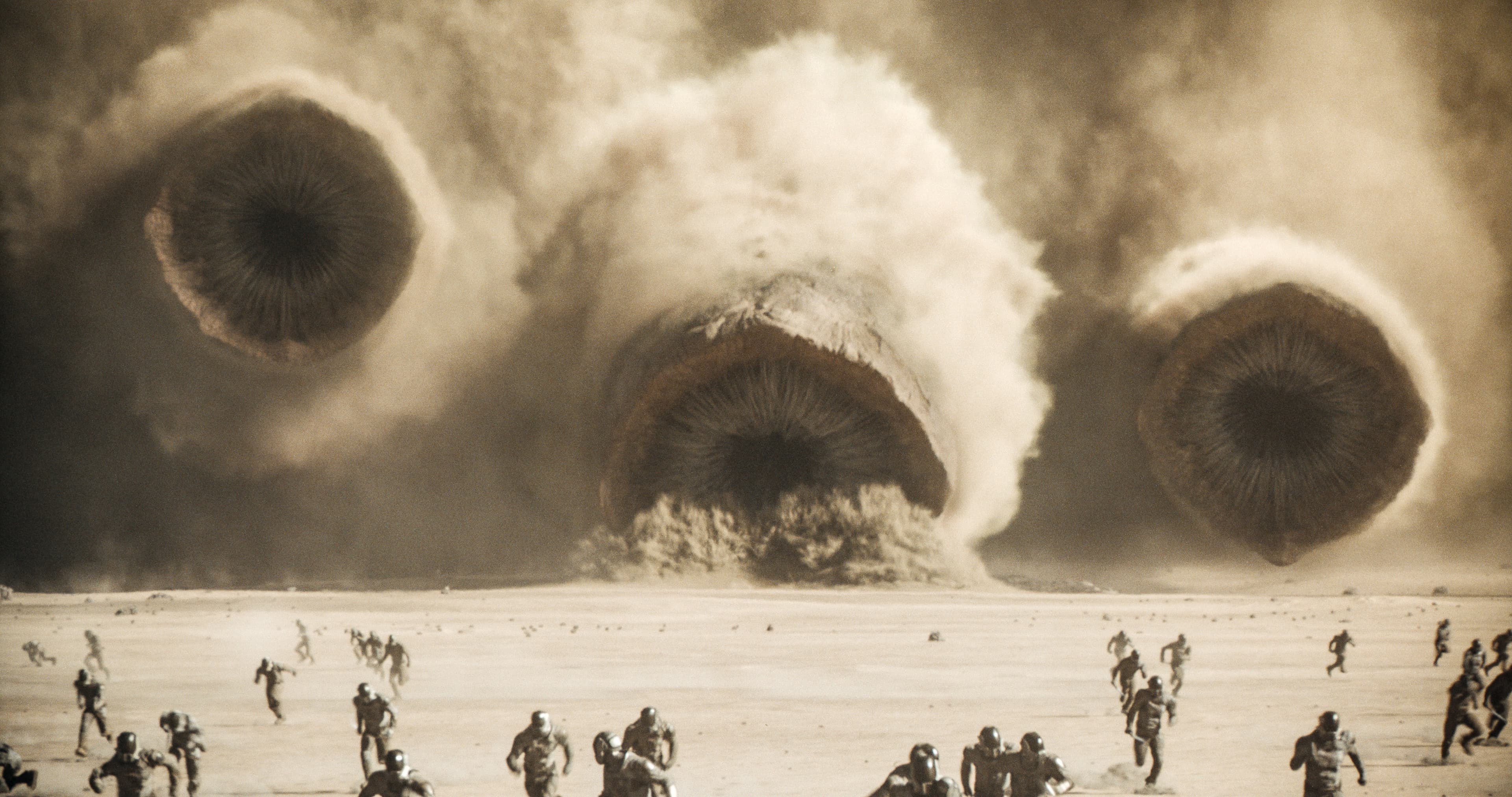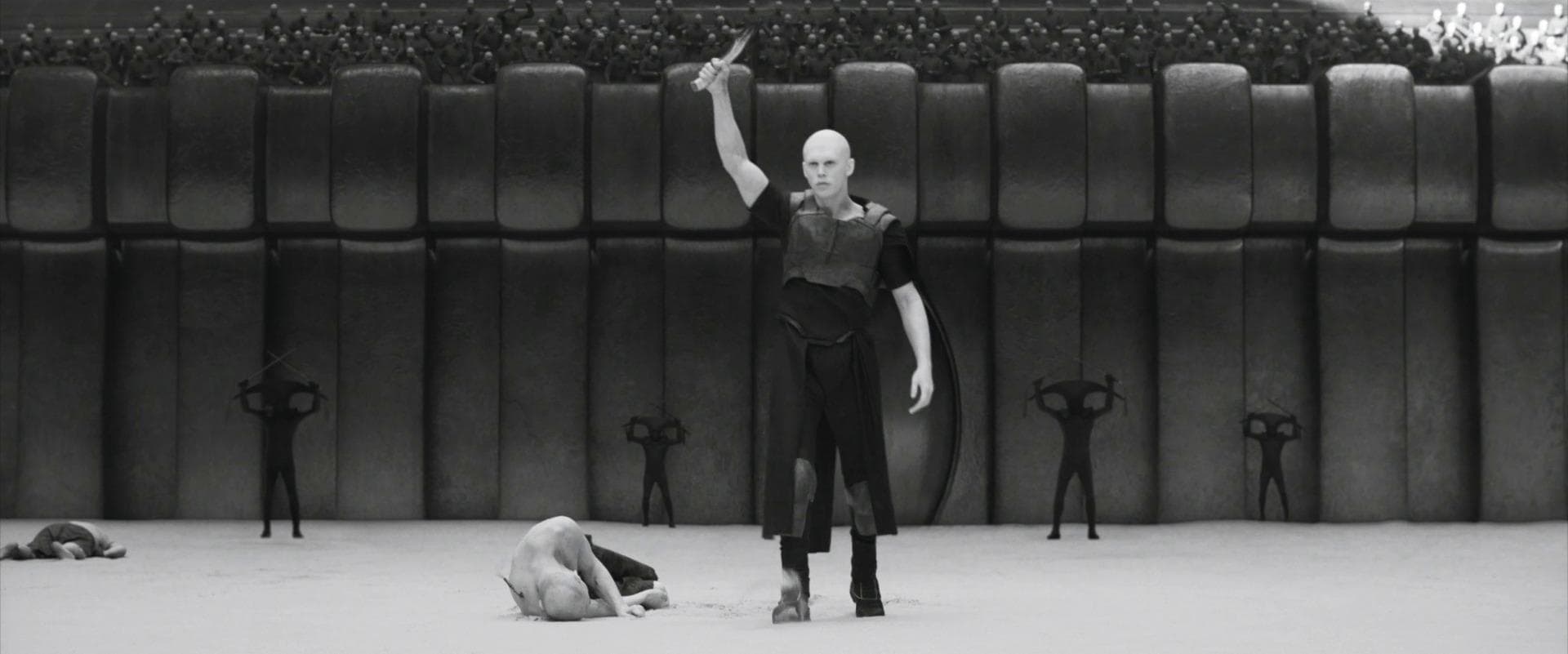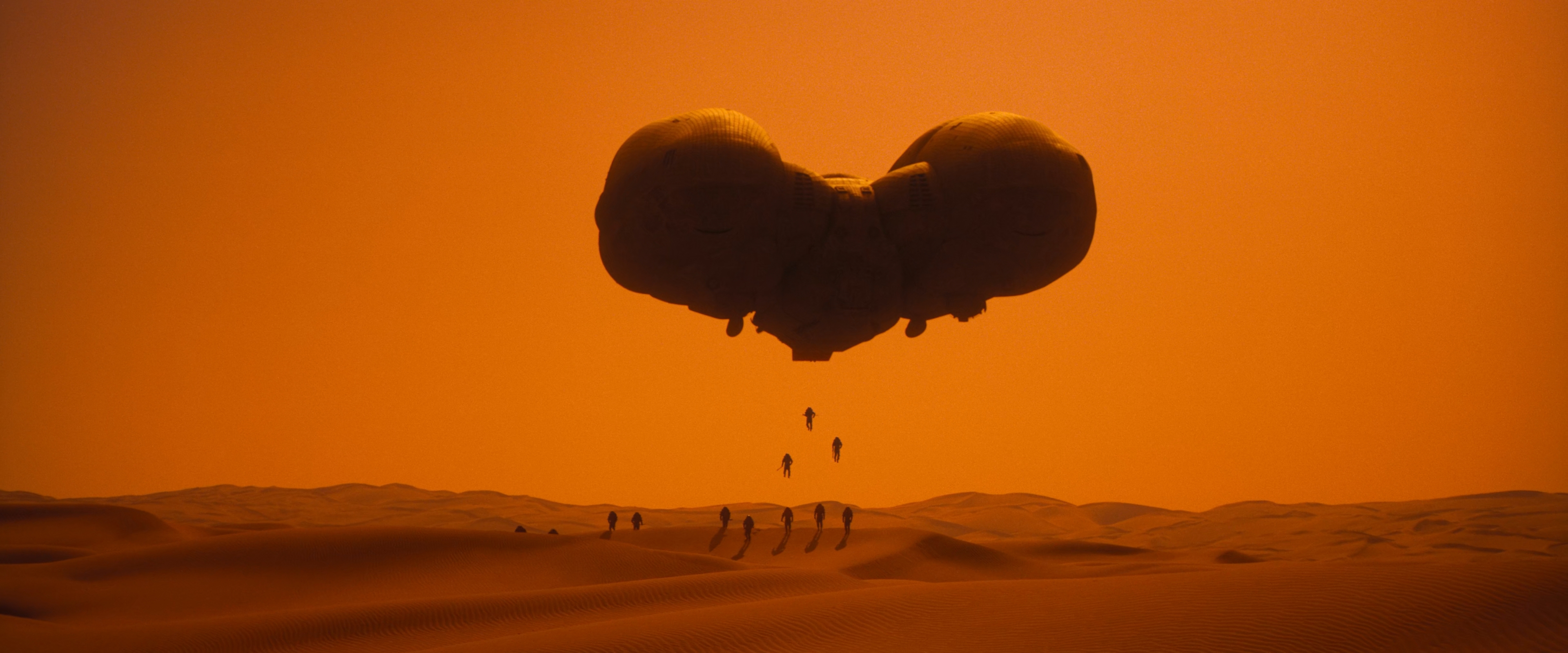- Published on
The Cinematic Grandeur of Dune 2
- Authors

- Name
- Johnny Liang
My original plan for this post was to write about music. I listen to all sorts of music, from pop to jazz to rap to classical, but classic/romantic era music is by far my favorite, and in my opinion has the most complexity and depth. I could rant on and on about my favorite pieces like Tchaik 6th and Bruckner's 7th, but I simply cannot express in words what they bring. Reducing such a work to words would be superficial or frivolous in manner and would fail to capture the true essence of the music.
I'd rather you listen for yourself here:
So instead I opted for film, as I can provide still shots and embed video stills along the way :)
Post starts here, sorry for word count
Cinematographers can communicate so much through the elements of the film - the set, lighting, acting, language or lack of, and of course the colors. I want to talk about Dune 2. When I first saw the movie, unfortunately not in the theater, I was blown away by the film. It was simply unlike anything I've seen, even contrasting so much with the first film. Denis Villeneuve did a spectacular job, and Dune 2 just felt complete in a way that wasn't present in the first one (although the book isn't very interesting in the first half either). The actors’ performance felt a little better in the 2nd movie as well. But I want to talk more about the cinema, and why the movie feels so different from any other movie.
The first rule is continuity—but not in a traditional sense. So many movies, in fact, attempt to maintain the onscreen consistency for as long as possible. This movie somewhat ignores that continuity—and it's important. One would realize the difference between the bright sandy desert scenes and the cold metal grays of the Harkonnen lairs, as if it's from an entirely different movie. But that's all right. What unifies this work is Villeneuve's understanding of visual weight. It's not large; it's shocking. You're watching it and you're small, you're somehow connected to what's going on and the cosmos. The sandworms are not large, they're colossal. The desert is not vast; it's infinite. Thus, continuity exists more than standard continuity would be required because it doesn't need filmic continuity to function—it transcends it.

Where "Dune 2" parts ways as well is with the color grading. Where so many blockbuster studio films these days dunk their movies in teal and orange, Villeneuve and DP Greig Fraser take the contrast in the opposite direction. The sand scenes are engulfed in warm orange hues, while the cold Harkonnen scenes nearly approach a blue monochrome—but there is always some kind of dusty, earthy color present in the frame to keep things all the more realistic.


Even the sound design deserves attention. Zimmer's score collaborates with diegetic elements sonically in a fashion where you're almost within it. You feel the sandworms growling, the whirling winds, the oppressive quiet in pivotal scenes. But that doesn't mean the film is uncinematic. Film is visual, and where Dune 2's visuals come from is in the service of the story.
But what truly elevates Dune 2 is how all these elements serve the story rather than overshadow it. Every artistic choice, from the massive practical sets to the way the camera lingers on faces in crucial moments, helps convey the emotional weight of Paul's journey. It's a perfect marriage of spectacle and storytelling, where the visual grandeur never comes at the expense of the human drama at its core.
This is why Dune 2 feels so unique - it's not just technically impressive, it's emotionally resonant in a way that most big-budget films rarely achieve, making the characters humane and relatable in such an unfamiliar environment. This is the magic of cinema.